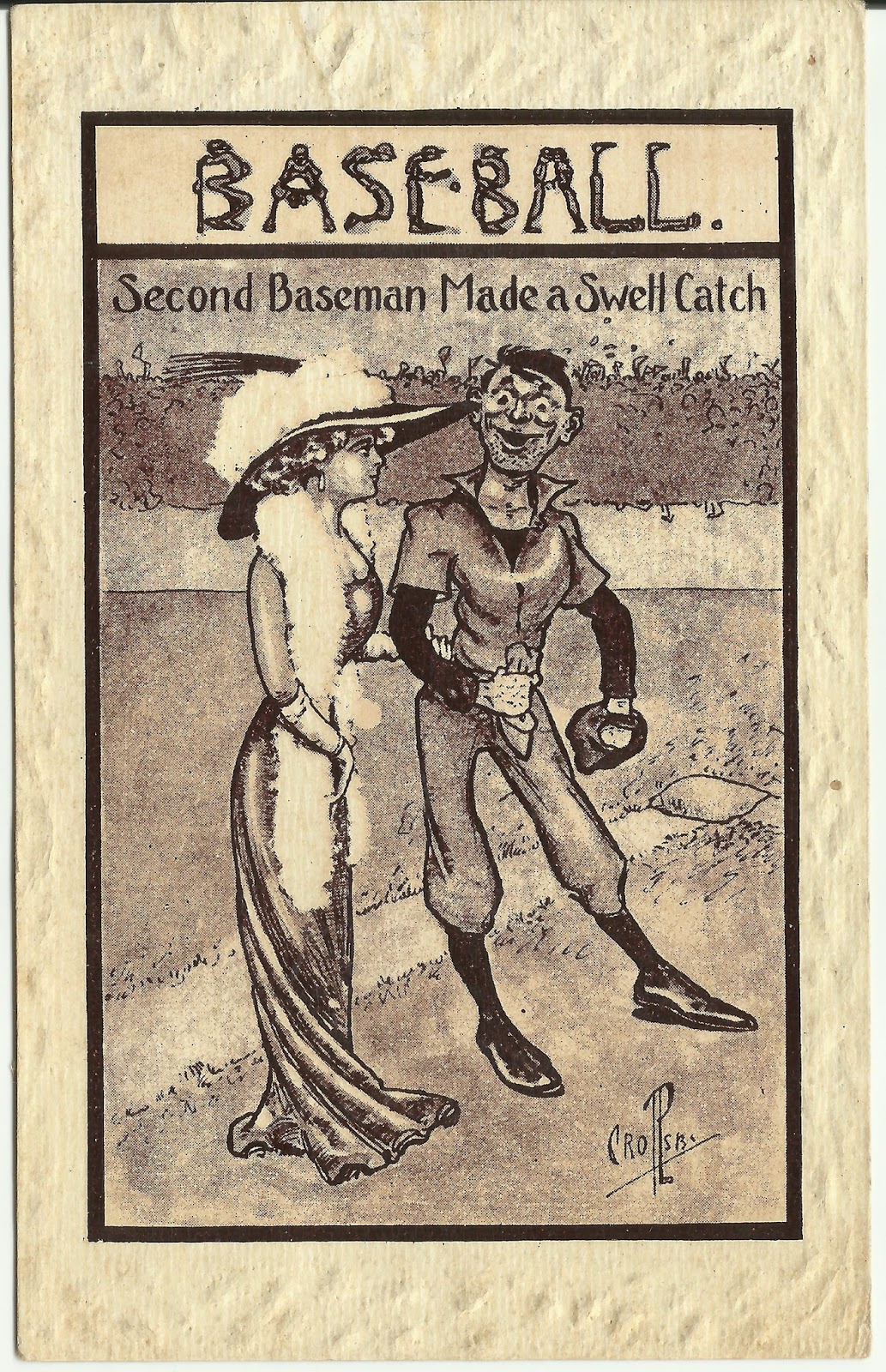I don't know how to explain the Field of Dreams. If you know it, no explanation is necessary. If you don't, any explanation is difficult. But I will do my best.
Field of Dreams is a movie made in 1989. It starred Kevin Costner and was based on the book
Shoeless Joe written by W.P. Kinsella. The premise of the movie is ridiculous. Costner is an Iowa corn farmer who starts hearing voices. He proceeds to plow under the best part of his crop land to build a baseball field, believing that if he does Shoeless Joe Jackson, an unjustly banned baseball player will come back from the dead and be allowed a chance to play again.
And that is just what happens. Shoeless Joe and the other banned members of the 1919 "Black Sox" materialize mystically and walk out of the corn field. They are alive again, even young again. Some people can see them. Others cannot. It is a matter of faith.
The whole improbable enterprise is threatened when shady corporate interests want to plow it under again, putting the land to more profitable use. But in the end all is well. The ghostly ball players vanish back into the corn and Costner, well, I will leave the ending to the realm of your imagination if you have not seen the movie, and to your fond remembrance if you have.
But the Field of Dreams is also a physical place. In Iowa. When the film was completed the baseball field remained. There were a few disputes between the two landowners who shared the site, one year left and center field were returned to corn, and even after that there were hard feelings and competing souvenir stands on opposite sides of the site.
But the magic was there. You felt it. There was no admission fee, no gates. You just drove up, got out and walked around. Played catch if you felt like it. Or maybe just sat on the tiny bleachers to see if maybe, just maybe you could see the ghostly figures of Shoeless Joe and his team mates.
19 years ago I went there with my young family. It was a demanding stage in my career and I needed a break. I have fond memories, but few photos, of my wife wearing a big straw hat, pushing our youngest in a stroller. And of my oldest running the bases after getting a hit off of "The Ghost Team" locals who had minor roles in the film and still stage the occasional appearance, strolling out of the tall corn in their vintage uniforms.
In August of 2014 I visited again. Just my wife and I this time, the kids are all grown up.
I sat in the bleachers, the iconic farm house behind me.
I studied the field. I thought I could almost, but not quite see the ghosts. Even in the book/movie they were not on the field at all times.
I stood on the edge of the cornfield. What really is out there? In the book
Shoeless Joe there is speculation.
"I try not to wonder what is beyond that gate, to speculate on what kind of limbo my ballplayers lay in....Are there other ballfields like mine, other players, other magic farms? Are there layers upon layers of dimension, like coats of varnish on fine furniture? Or do my players go back to a phantom hotel, change clothes, and head out to shadowy restaurants, bars and night clubs?"
I have been out there, so I know the answer. I won't tell you what I saw but I can say that I heard things. Sounds that were not just the rustling of ten foot tall corn in a hot Iowa breeze.
You can go there yourself. You should do so. The future of The Field is under some threat but you have to believe it will all turn out fine. It is once again a matter of faith.
Those interested in the current controversy - it involves shady corporate interests angling for profits - can visit
Save the Field of Dreams on Facebook.
The Field is outside of Dyersville Iowa. It is something you have to experience on your own. If you do encounter a ethereal figure in an old style woolen baseball uniform, choose your words well. Don't ask too many questions. Again from
Shoeless Joe:
"I've never seen any of you anywhere except on the field. What do you become when you walk through that door in center field?"
The silence that follows is long and ominous. I feel like I have just stomped across an innocent children's game, or broken a doll.
"We sleep," says Chick Gandil finally.
"And wait, " says Happy Felsch.
"
And dream," says Joe Jackson. "Oh, how we dream...."

















































